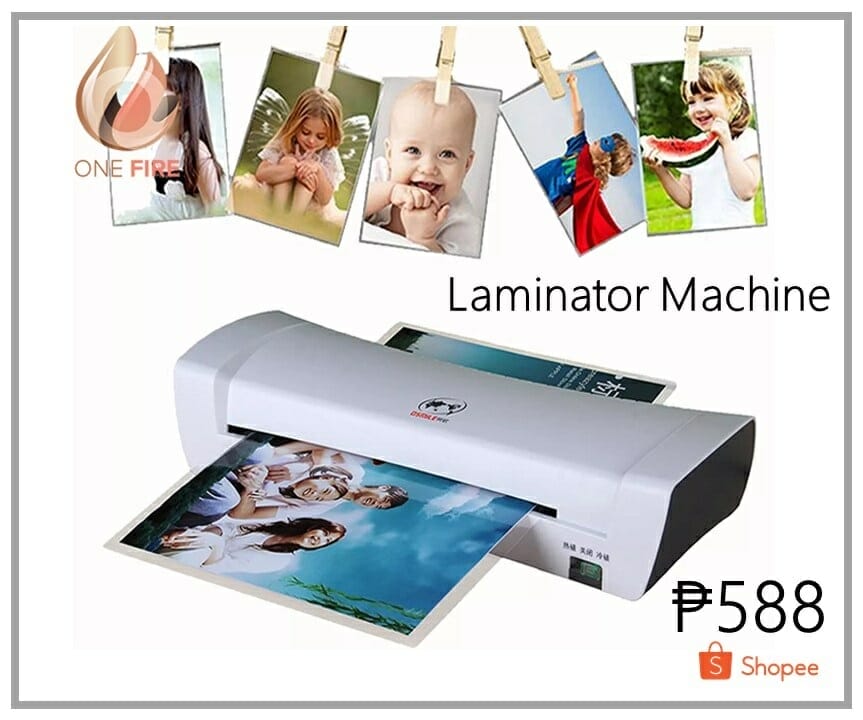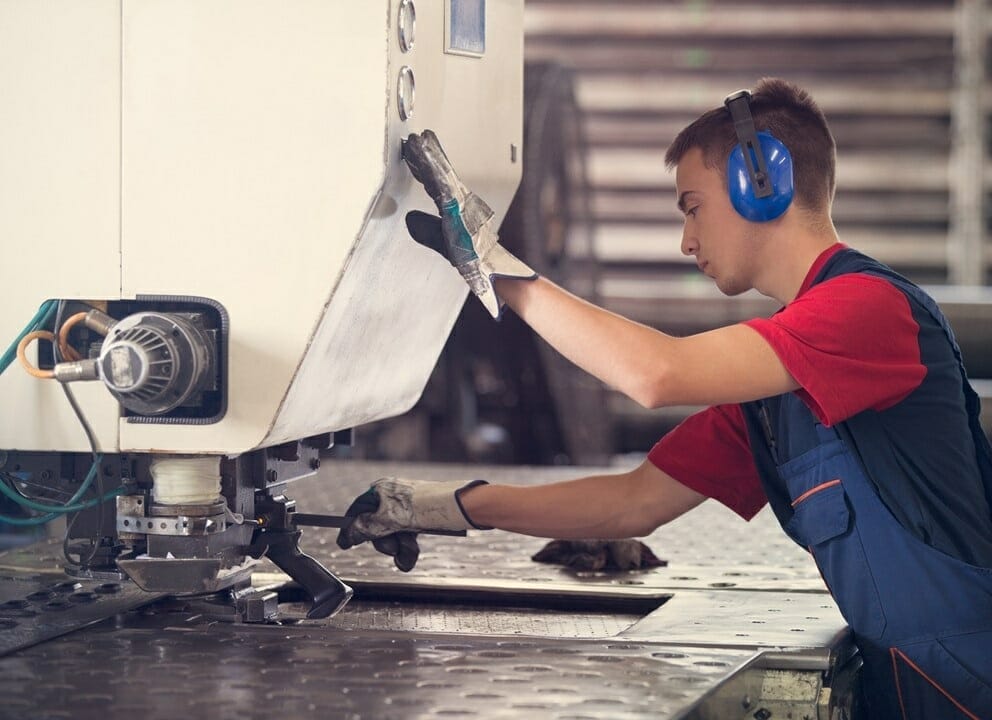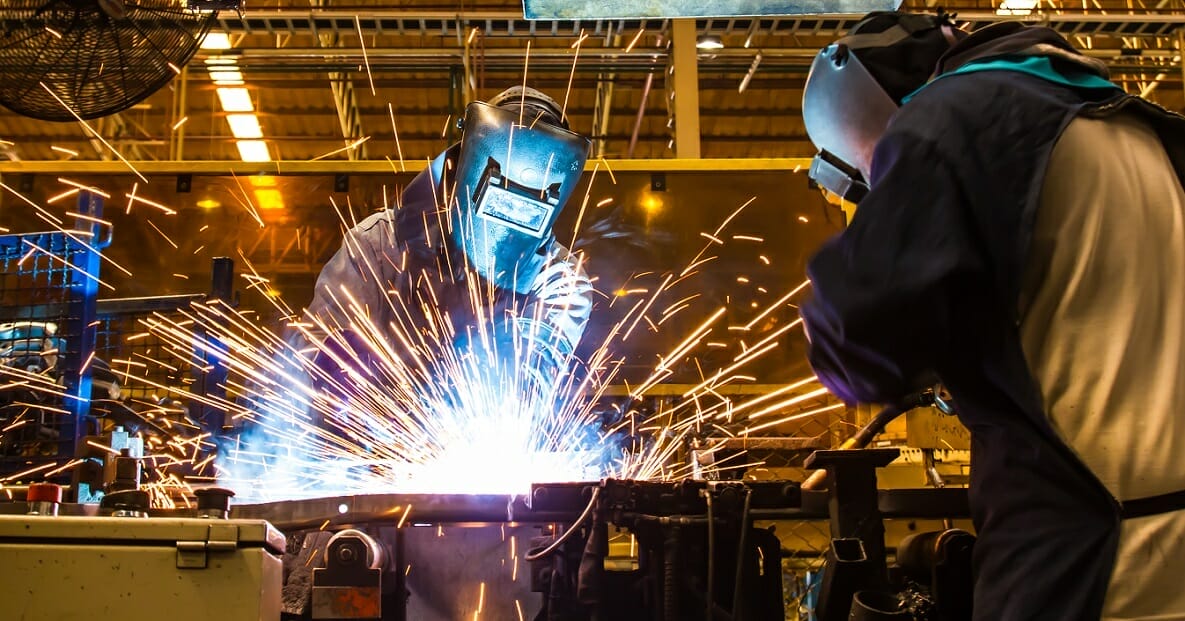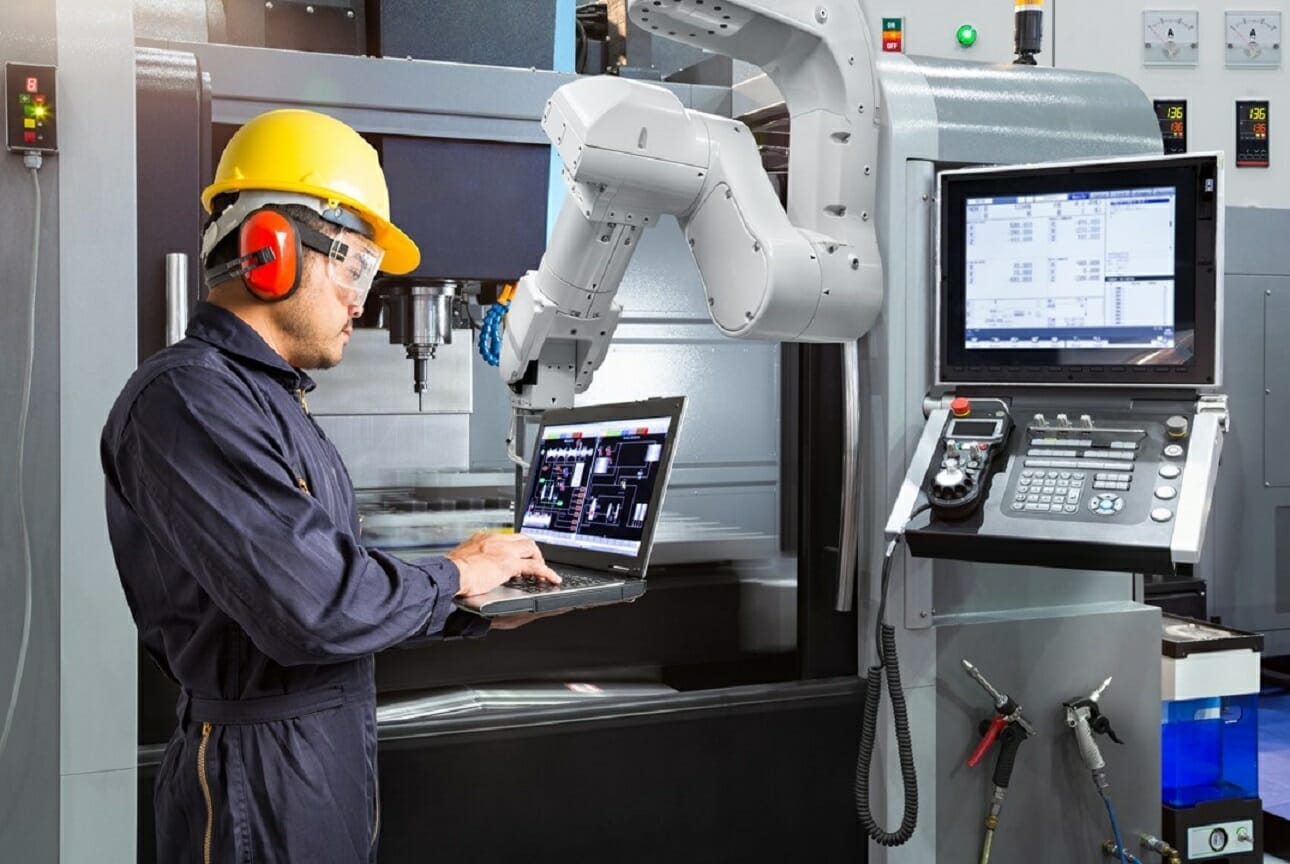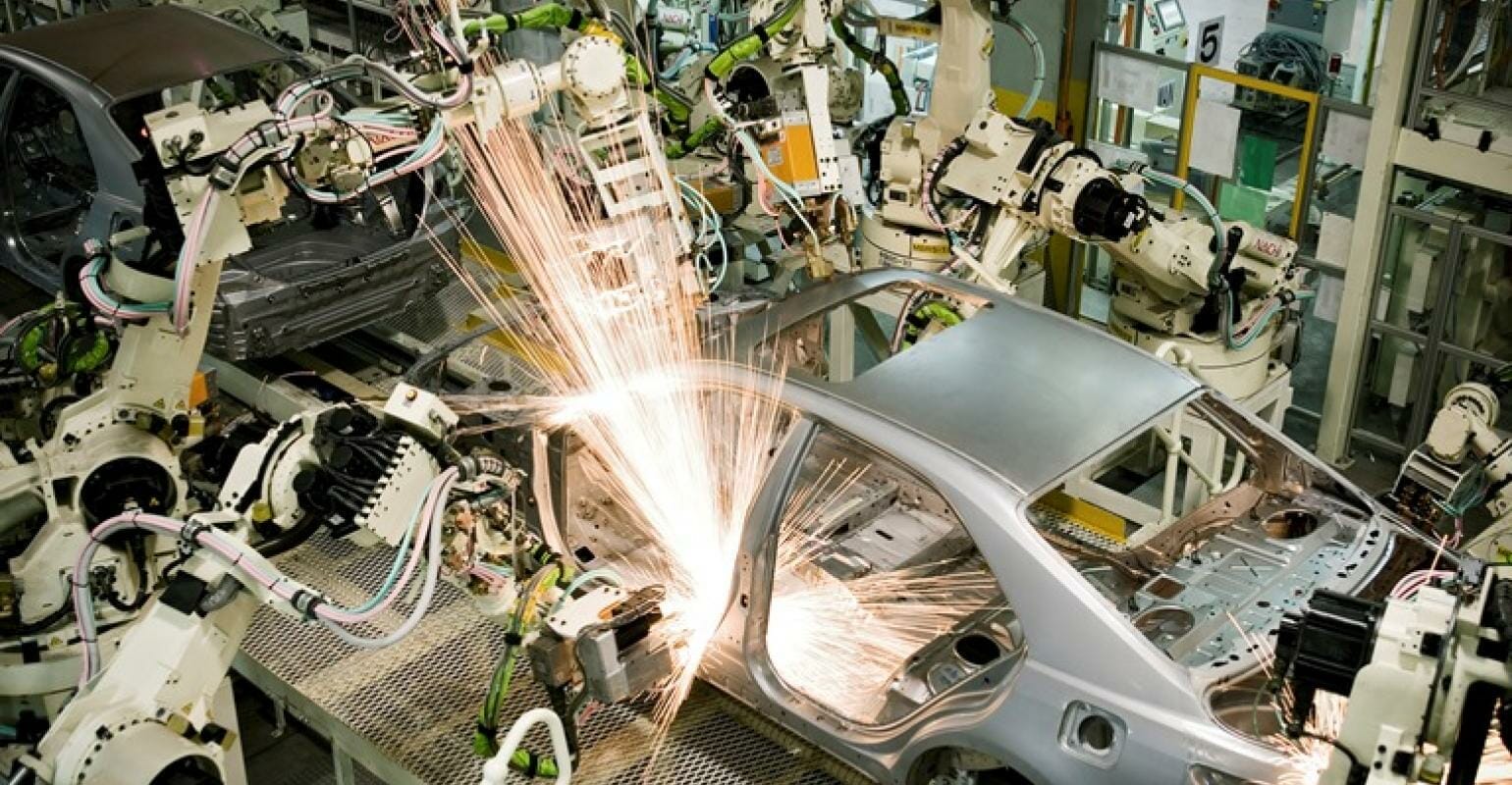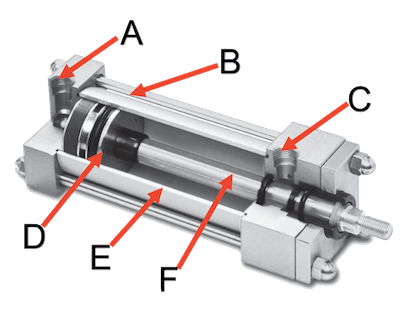Computer Numerical Control machining (CNC machining) has gone through some rapid changes over the last decade. With the evolution of technology and the sweeping effects of the fourth industrial revolution, CNC machining has started taking on a whole new face. The digitization of various processes has breathed new life into factory automation and integration.
CNC machining has seen a rapid growth spurt, spurred on by growing global product demand. The industry is on an upward curve, looking to grow by up to 9% year after year for the next two to three years, with even more predicted after that. In fact, by 2025, the market is looking to be worth around USD 100.86 billion, and based on the growth around the Internet of Things (IoT) and factory and machine operation, this could be somewhat undervalued.
With this in mind, we looked at the main trends currently coming to fruition in CNC machining. What does 2020 hold for the industry and what can be expected afterward? From the advancement of automation and the reduction of machine size to multi-functional machines and multi-axis technology, we unpack how the industry makes these machines multi-functional and smarter than ever.
The Emergence of New CNC Milling Tools
One of the biggest expected growths within the industry is the expansion of CNC milling services and their respective milling machines. The milling machine market is set to grow 6% yearly until 2025, from the initial valuation of $63 million in 2018. With the current growth trends, this looks to be highly achievable. Milling machines are leading the pack in CNC machinery due to their multi-functionality and reduced performance time requirements.
Due to their increased versatility, milling machines are vital in reducing operational costs. New tools are being introduced and continuously adapted for milling machines. Some, like the Poly Crystalline Diamond (PCD) tools and the solid carbide ones, have been huge game-changers in the industry. They are more versatile, effective, and durable and increase tool automation. They are easier to maintain than before and reduce machine vibration, wear and tear, and noise.
The latest tools have several qualities them that make them appealing to various industries, including:
- They have a higher metal removal rate;
- Increased accuracy for a better surface finish;
- Minimal radial, and axial run;
- Tolerance to tighter parts;
- They have enhanced tool life and are less likely to need frequent maintenance.

The Rise of 6-Axis CNC Machines
6- Axis CNC machines have been tipped as one of the biggest trends to emerge this year and are set to change the face of machining globally. Complying with the LEAN principles, the 6-axis redefines the process in which products are made by reducing cycle time, increasing efficiency, and reducing waste. They have already been in high demand from various industries like automotive, aerospace, and metal fabrication.
But how do they work? Essentially, the 6-axis machine works differently from the normal one by converting a raw material, like a metal bar, into the final product by turning from both ends of the fixture. This means that multiple fixtures are eliminated, and so is excessive activity in the machining process. It heightens lean manufacturing processes by removing the need to shift the workpiece from one machine to another and avoids batch queuing.
6-axis machines are also capable of highly complex work. It can drill holes of various diameters and shapes. You can also control the cutting speeds and patterns yourself. It can achieve a higher quality product in less time, with less waste, and with minimal stack-up errors.
The Advancement of Software
Apart from the growth in physical turnkey parts for CNC machinery, heightened efforts are going into developing the software that runs the machines. The growth in global digitization has directly impacted the software that goes hand-in-hand with CNC machinery. The two primary pillars of CNC software are CAM (Computer Aided Manufacturing) software and integrations of CAD (Computer Aided Design) models into a virtual system. They work together by programming the manufacturing of a specific part by inserting the 3D CAD model into a virtual setup. The machine’s operation is programmed and simulated, creating a tool path.
With the increase of multi-axis machines, especially the 6-axis we mentioned previously, there is a heightened chance of collision. Significant advances are being made in the advanced collision detection field, and it is becoming more standard for all software to have this collision detection. In the past, it was more of an expensive add-on for the software, but it has become necessary to have it as a fully integrated feature in the software.
The latest software also refocuses on increased simulation. Workforce training, costly mistakes, and excessive amounts of time are spared by integrating built-in “recipes” for the machine to work automatically. It integrates the following:
- Machine platform;
- Tool specifications;
- Optimum pathing.
By doing this, it mitigates the risks of mistakes during the cutting process and optimizes the processing time to increase output. Various other methods like model-based definition (MBD) and part modeling information (PMI) are also becoming standard, and soon, with the integration of all four methods, one platform will be the standard platform for all operators and engineers alike.
Last Thoughts
With everything else evolving within the CNC space, equipment manufacturers are creating platforms that make it very difficult for errors to occur. A defined trend is leaning toward introducing troubleshooting software within the machines and the software. This will equip the workforce with hands-on solutions should something go wrong during the process. The relevant software can pick up the error immediately, alert the operator, and assist in remedying the situation. Visual aids and videos are part of the solution package to help the operator carry out the task. This, along with the various other leaps in advancements in CNC machinery, will only be improved over the next year, and experts are predicting a jump in more simulation and smarter software.



